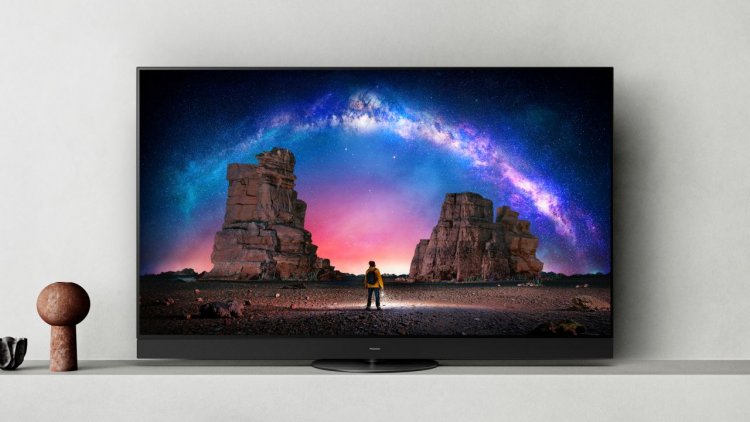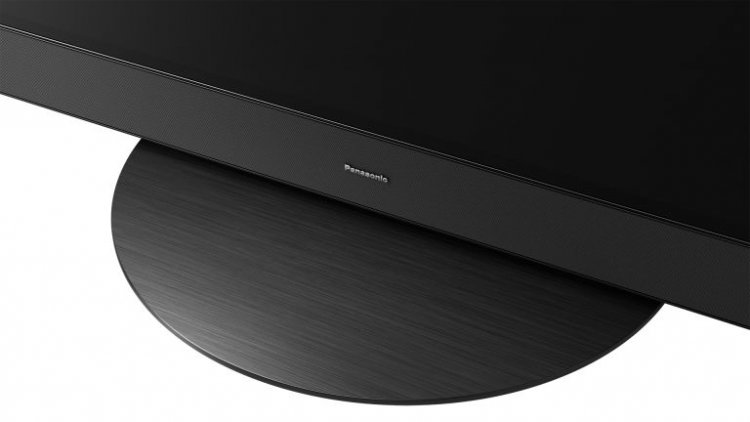Panasonic's new OLED TV can adjust its audio volume so that it is loud for you and quiet for others.
Other enhancements to the flagship LZ2000 OLED TV are also present, but I've never seen an audio option like this before.

Panasonic's next flagship OLED TV, known as the LZ2000, was unveiled at CES 2022, and aside from bringing many of the usual TV improvements – improved brightness, automatic picture adjustment based on ambient light, improved gaming features – it also announced a super-cool new audio feature unlike anything I've heard about in a TV before.
But the feature that piqued my interest this year was the 'Directional Audio,' which allows you to make the audio louder in certain areas of your living room and quieter in others, allowing you to share the space more effectively. It steers the audio using beam-forming technology, and it comes in three flavours: "Pinpoint" directs the sound to a specific area, leaving the rest of the room quieter; "Area" directs the sound to a larger area, such as a group sitting on a sofa; and "Spot" directs the sound to a small area while leaving the rest of the room at normal volume.
As a result, someone who is hard of hearing can turn it up, while everyone else can keep it at a normal volume.
Obviously, we'll have to wait and see how well this works in practise, but I love the idea! It can help to prevent sound from leaking into an office where people are trying to work, or it can be used to allow children to watch TV while adults read in the same room.
Aside from these fancy audio tricks, you've got upfiring and side-firing speakers, as well as a slew of speakers along the front that enable all of this direction audio and are used to create a large soundstage when used with regular sound modes.

In terms of visuals, Panasonic claims that mid-level brightness has been improved, which is very encouraging. The best OLED TVs are all rushing for higher brightness levels to compete with QLED TVs (including the new LG TVs announced at CES and the new Sony TVs announced at CES), but this frequently means only for 'peak' brightness, which is in very small areas of the screen.
Increasing mid-level brightness, on the other hand, should result in an increase in brightness (and visibility) in almost every scene, making everyday viewing more vibrant. Again, we'll have to wait and see how this plays out in practise!
Panasonic's ambient light technology is intriguing: it adjusts the picture not only based on brightness, but also on the colour of lights in the room, ensuring that your eyes do not end up mixing warm lighting from the room around you with a 'cool' light from the TV. This is a feature of Apple's iPhones, iPads, and other devices that I enjoy, so I'm curious how it will translate to TVs.
In terms of gaming, Panasonic promises super-low latency at 60Hz and support for comprehensive HDMI 2.1 features for next-generation consoles.
The television will be available in three sizes: 55-inch, 65-inch, and 77-inch.
We only have a release date of'summer 2022' and no pricing, but one thing to keep in mind is that there's no mention of Panasonic changing its mind and releasing TVs in the US this year, so Americans will likely miss out on all of this cool technology. More for the rest of us, at the very least...


























